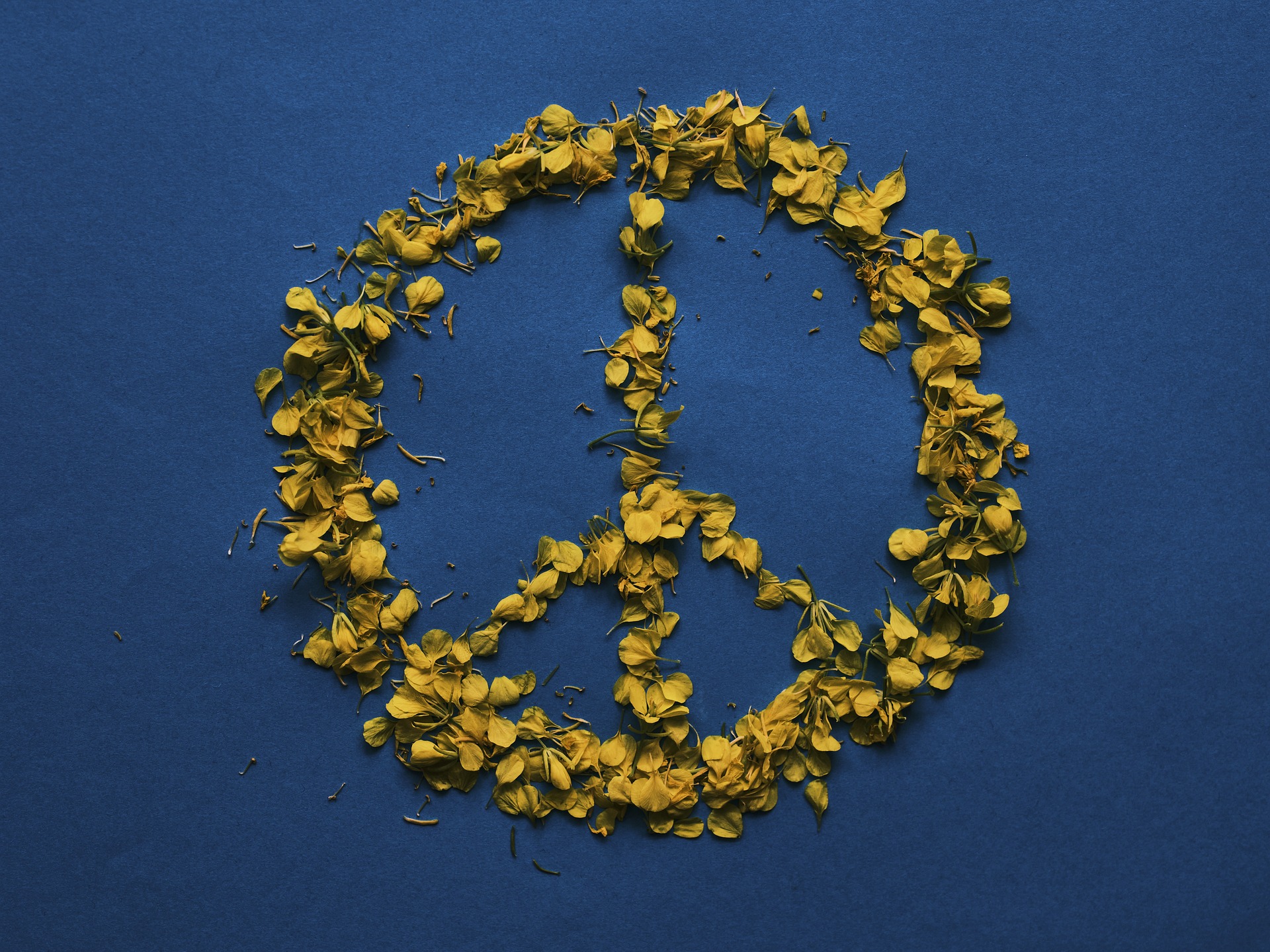Floral Wallpaper Renaissance: Blooming Patterns in Modern Design
In a world where minimalism has long reigned supreme, an unexpected contender is making a grand comeback: floral wallpaper. Once relegated to grandmothers' parlors and quaint bed-and-breakfasts, these blooming patterns are now gracing the walls of chic urban apartments and sleek suburban homes alike. This resurgence isn't just a fleeting trend; it's a full-blown renaissance that's transforming interiors and challenging our perceptions of contemporary design.

A Brief History of Floral Wallpaper
Floral patterns have adorned walls for centuries, with early examples dating back to ancient China where paper hangings featured intricate flower motifs. In Europe, the 16th century saw the emergence of flocked wallpapers, often depicting floral designs, which became a symbol of luxury and refinement. By the Victorian era, floral wallpapers had reached peak popularity, with elaborate, richly colored patterns covering walls from floor to ceiling.
However, the mid-20th century brought a shift towards cleaner lines and minimalist aesthetics, pushing floral wallpapers out of favor. They became associated with outdated design, often stripped away in renovations. This decline persisted until recently, when a new generation of designers began to rediscover and reimagine the potential of floral patterns in contemporary spaces.
The Modern Floral Resurgence
Today’s floral wallpapers are not your grandmother’s chintz. Modern interpretations range from photorealistic murals to abstract, artistic representations of flora. Designers are playing with scale, creating oversized blooms that make bold statements, or opting for delicate, barely-there patterns that add subtle texture to a room.
Digital printing technology has revolutionized wallpaper production, allowing for unprecedented detail and color variations. This has opened up a world of possibilities, from hyper-realistic botanical prints to fantastical, surrealist florals that blur the line between wall covering and art installation.
Incorporating Florals in Contemporary Spaces
The key to successfully integrating floral wallpaper into modern interiors lies in balance and context. In minimalist spaces, a single accent wall of bold floral print can serve as a stunning focal point. Conversely, in more eclectic interiors, layering floral patterns with other textures and prints creates a rich, maximalist look that feels both fresh and timeless.
Color plays a crucial role in modernizing floral designs. While traditional patterns often featured pastel hues or rich jewel tones, contemporary florals embrace a wider palette. Moody, dark backgrounds with vibrant floral elements are particularly on-trend, offering a sophisticated and dramatic look that works well in both residential and commercial spaces.
The Psychology of Floral Patterns
There’s more to the floral wallpaper trend than mere aesthetics. Studies have shown that exposure to nature and natural patterns can have positive effects on mental health and well-being. In urban environments where green spaces are limited, floral wallpapers can serve as a form of biophilic design, bringing the calming influence of nature indoors.
Moreover, the complexity of floral patterns can create a sense of depth and movement in a room, making spaces feel larger and more dynamic. This optical illusion can be particularly beneficial in smaller apartments or rooms with limited natural light.
Sustainability and Eco-Friendly Options
As environmental consciousness grows, so does the demand for sustainable home decor options. Many wallpaper manufacturers are responding by offering eco-friendly floral designs printed on recycled or FSC-certified papers using water-based, non-toxic inks. Some companies are even producing biodegradable wallpapers that can be composted at the end of their lifecycle.
Additionally, the longevity of well-made wallpaper can be seen as a sustainable choice in itself. Unlike paint, which often needs refreshing every few years, quality wallpaper can last for decades, reducing the need for frequent redecorating and the associated environmental impact.
DIY and Customization Trends
The floral wallpaper renaissance has also sparked a wave of DIY enthusiasm. Removable wallpapers have made it easier than ever for renters and homeowners alike to experiment with floral patterns without committing to permanent installation. This has led to creative applications beyond traditional walls, such as adorning furniture pieces or creating custom headboards.
For those seeking a truly unique look, custom wallpaper services allow individuals to turn their own photographs or artwork into bespoke floral wall coverings. This personalization trend is enabling homeowners to create spaces that are not only beautiful but deeply meaningful and one-of-a-kind.
The Future of Floral Wallpaper
As we look to the future, the floral wallpaper trend shows no signs of wilting. Designers are continually pushing boundaries, experimenting with new materials and technologies. Interactive wallpapers that change pattern or color based on touch or temperature are on the horizon, as are augmented reality applications that could allow users to virtually test different floral designs in their spaces before committing.
The floral wallpaper renaissance is more than just a cyclical return to a past trend; it’s a reimagining of how we integrate nature, art, and technology into our living spaces. As our homes continue to serve as multifunctional environments for work, relaxation, and entertainment, the ability of floral wallpapers to transform atmospheres and evoke emotional responses will likely ensure their place in interior design for years to come.
In embracing this blooming trend, we’re not just decorating our walls—we’re cultivating spaces that reflect our desire for beauty, connection to nature, and personal expression in an increasingly digital world. The floral wallpaper renaissance is, at its core, a celebration of life’s vibrancy and the enduring power of natural beauty in our everyday environments.





